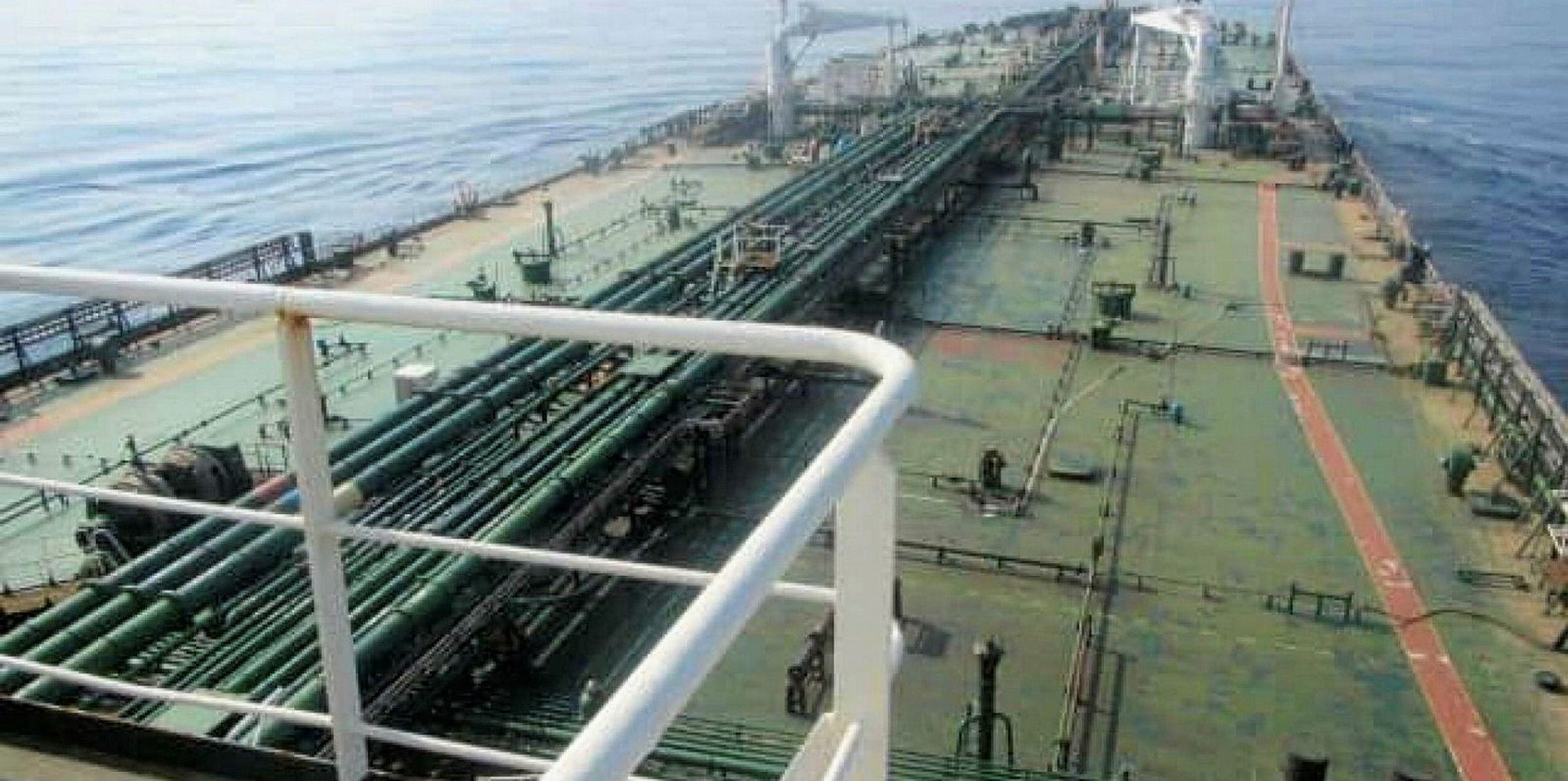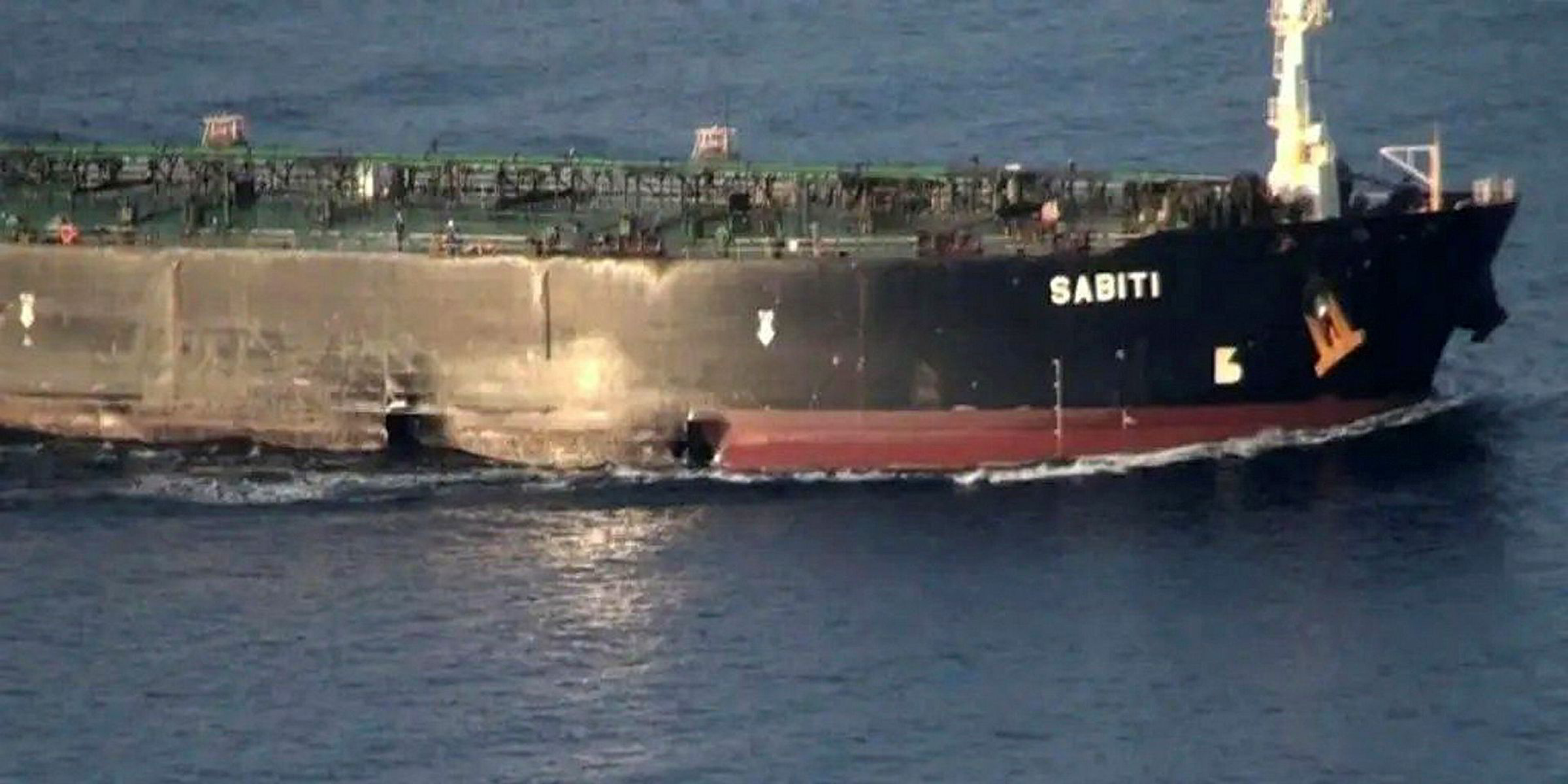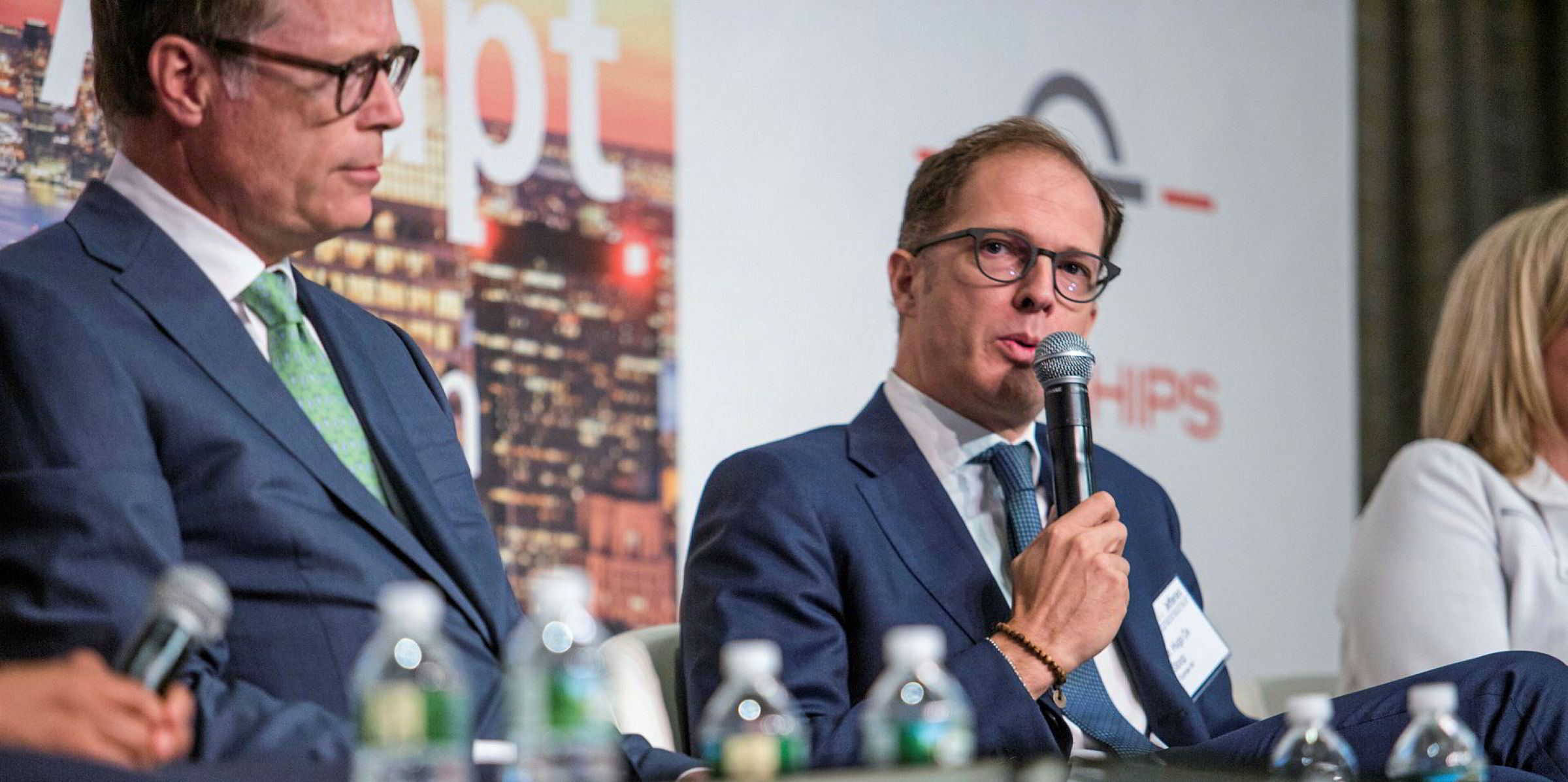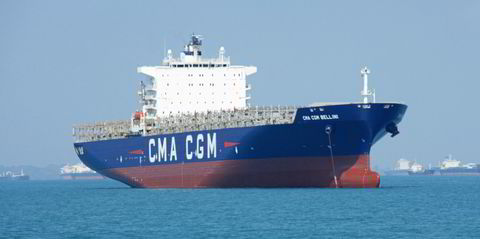War-risk insurance rates have hit new highs after the missile attack on an Iranian tanker off Saudi Arabia earlier this month.
Shipowners are being quoted between 0.25% and 0.35% of total insured hull value for seven-day war-risk cover in the designated high-risk zone after the incident involving the National Iranian Tanker Co's 160,000-dwt Sabiti (built 1999).
Some underwriters are now pricing risk higher than at the height of the Middle East Gulf crisis in May amid fears of further tit-for-tat tanker attacks in the ongoing standoff in the region.
Soaring rates
The Japan War Pool is understood to be quoting the highest prices for voyages into the danger zone after the Sabiti attack.
Jonathan Moss, head of marine and trade at law firm DWF, said rates would likely continue to rise.
“This latest incident will drive insurers to raise further war-risk insurance rates for vessels operating in the region, over and above the tenfold increase to rates since the attacks on tankers in May,” he said.
“Shipping companies operating in the region will be forced to absorb these added costs with affordable insurance in this high-risk zone becoming harder to find.”
At a rate of 0.25% for a VLCC with an insured hull value of $80m, a seven-day trip into the high-risk area would cost $200,000 in premiums.
However, that figure balloons to $280,000 at the higher rate of 0.35%.
Before the Middle East Gulf crisis broke in late spring, owners were typically paying a rate of 0.0025% in war-risk premiums.
War-risk cover is charged to the shipowner, although it is almost always passed onto the charterer or shipper as an extra expense.
It includes cover for loss or damage to the hull, as well as protection and indemnity cover for crew, pollution, salvage and other possible third-party liabilities.
Brokers are profiting
As premiums soar, insurance brokers will be profiting from potentially huge commissions in the current crisis. With commissions averaging about 30% of premiums, brokers could earn about $60,000 for arranging cover for a VLCC to operate in the region.
Some brokers have managed to negotiate commissions as high as 50%, but these examples are understood to be rare.
One underwriter said brokers are in the money during the current crisis while underwriters continue to struggle in a moribund hull market.
“When the marine underwriters are bleeding to death, it makes you think, ‘nice work if you can get it’,” he said.






